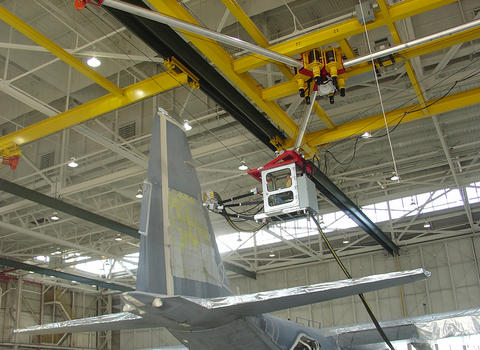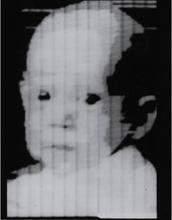Taking Measure
Just a Standard Blog

From the GPS receivers that help us find our way and the MRI machines that provide lifesaving medical images of our bodies to the reliable electrical power we receive in our homes, federal research benefits us and fuels our economy. Transforming a discovery made in the lab to something you can use is what government calls technology transfer. Every year, the government spends your tax dollars—on a wide variety of research programs housed at multiple government agencies. At the National Institute of Standards and Technology (NIST), this investment supports our work in measurement science. However, it’s the private sector, not the government, that uses this enabling research to make commercial products that you buy.

Connecting the research results from the bench to the store shelf keeps the U.S. economy vibrant and nimble in an ever-more-competitive world. Still, even with the sizable funds the government spends on research, it is nowhere close to enough to bring products to market and fuel economic growth. Bridging that gap requires private investment.
This is where the technology transfer process comes in. Because it’s not a one-size-fits-all world, we have designed NIST programs to be flexible and meet the needs of our partners. Although it comes as no surprise that NIST research results and technical expertise are used in developing standards, there are many other ways NIST can work with other organizations.
Government and private industry frequently form partnerships through a tool known as the Cooperative Research and Development Agreement, or CRADA. This an extremely useful and customizable type of agreement that allows NIST to work with another organization, such as a start-up company, to perform joint research. The industry partner can receive the benefits of NIST’s extensive expertise and unique facilities while NIST benefits from fast-tracking our research results to commercial adoption and use, which is a key way that we accomplish our mission of improving the competitiveness of American industry. The agreement itself can be designed to protect the proprietary interests of the company and aid their product development. These mechanisms have many uses and are a great way to encourage people to work with NIST. NIST entered into over 100 CRADAs last year to address a broad array of needs. From medical diagnostics to microscopy, cybersecurity to forensics, NIST’s full capabilities are put to good use through CRADAs.

Of course, our scientists and engineers invent things in the process of doing their work. Back in the 1950s, NIST built the first programmable computer and the first scanner, which were combined to create the world’s first digital image. More recently, NIST researcher Jan Hall and his collaborators invented the frequency comb, an achievement that was recognized with the 2005 Nobel Prize in Physics. Today, frequency combs are being used to build a new generation of atomic clocks with world-record-setting accuracy, transmit data faster in fiber-optic networks, and “read” the light gathered by telescopes searching for planets outside our solar system. NIST can patent and license the technology we develop here. Although at first this can sound like a strange way for the government to do business, intellectual property protection is a cornerstone of raising private investment and starting a business; it’s even in the U.S. Constitution.
NIST has licensed a variety of different technologies and these licenses can also be paired with other mechanisms, such as a CRADA, to help develop them further. NIST has licensed products in many areas, such as “phantoms” that help calibrate MRI, CT and PET medical imaging machines and a robotic platform, the RoboCrane, that has been used to help cleanup efforts for the Chernobyl and Fukushima nuclear disasters. We have licensed applications based on the frequency comb, including a commercial license, a couple of research licenses and CRADAs to develop new products that use this Nobel-recognized technology. For other recent examples, take a look at one of our recent reports describing tech transfer efforts across federal laboratories including NIST.
Although the government can seem distant and looming, we are very open to working with businesses of all sizes. Far from being a distraction, these efforts represent an important part of the lifecycle for any research effort. While we certainly have advanced the general scientific understanding in key areas, our work at NIST makes a difference in people’s lives every day. The process of transferring technology and innovation from our laboratory through a variety of mechanisms is both a mission priority for and one of our strengths.
So, how can we work with you? Look over the technologies we have on offer and give us a call. Maybe we can help you keep our economy strong!





